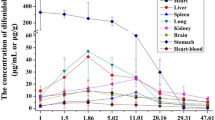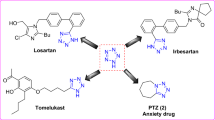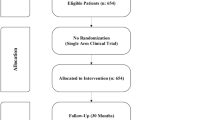Abstract
IN assessing the effect of a treatment on the action of a poison it is usual to measure either the effect on the LD50 or on the time to death. In a recent investigation by one of us (D. F. H.) on the effect of treatment with dimethylformamide on the poisoning of male and female rats with dimethylnitrosamine it was found that changes in LD50 provided a rather insensitive test of effect, which required large numbers of rats to establish, and that mean times to death in treated and untreated groups were not greatly different after doses which killed all the rats. Dimethylformamide had, however, a very marked effect on the order in which rats died at doses such that a few survived. Times to death cannot be calculated in these circumstances without making arbitrary decisions about “times to death” of the survivors. Orders of death, however, proved susceptible to a more rigid statistical treatment. As this may be of general use it is reported here.
This is a preview of subscription content, access via your institution
Access options
Subscribe to this journal
Receive 51 print issues and online access
$199.00 per year
only $3.90 per issue
Buy this article
- Purchase on SpringerLink
- Instant access to full article PDF
Prices may be subject to local taxes which are calculated during checkout
Similar content being viewed by others
Author information
Authors and Affiliations
Rights and permissions
About this article
Cite this article
HEATH, D., IRWIN, J. Order of Death as a Test of Therapeutic Effect. Nature 194, 1192 (1962). https://doi.org/10.1038/1941192a0
Issue date:
DOI: https://doi.org/10.1038/1941192a0



